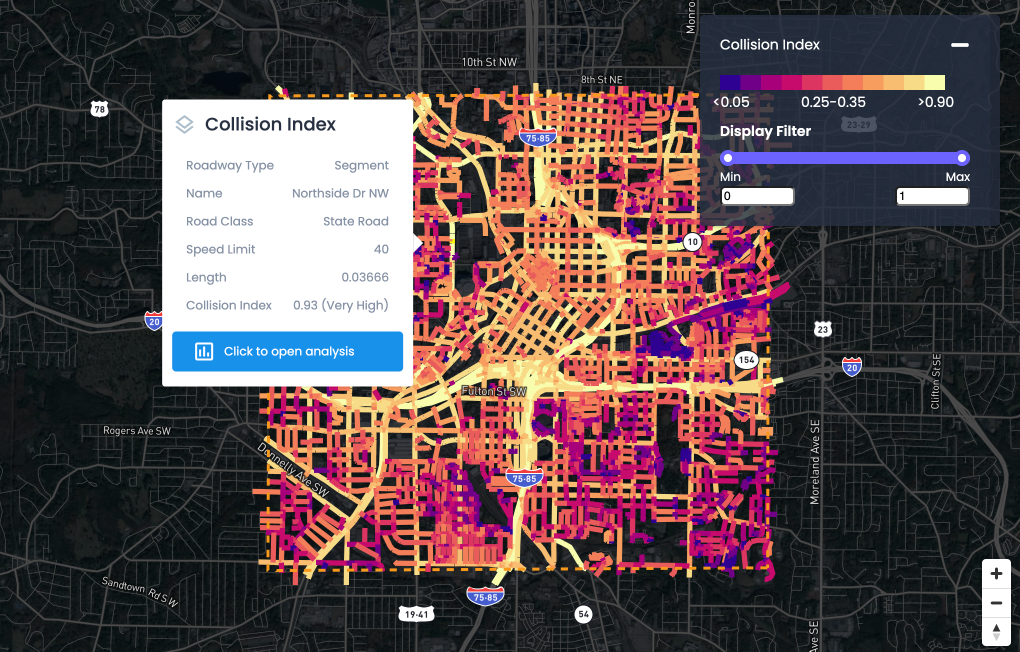
Articles
The Path to Environmental Sustainability
The path to environmental sustainability will entail breaking many of the systemic practices we currently take for granted.
The path to environmental sustainability will entail breaking many of the systemic practices we currently take for granted.
Environmental sustainability is a major topic these days, with companies and governments jumping on the bandwagon for their marketing and communications statements.
The United States Environmental Protection Agency defines sustainability as creating and maintaining “the conditions under which humans and nature can exist in productive harmony to support present and future generations”.
What this ultimately means is taking steps to not only reduce our consumption of natural resources, but to also work towards restoring and regenerating them.
For instance, a farmer might not only grow their crops with a minimum of fertilizer and chemicals, but could also maintain a compost pile to try to maintain and restore the top soil.
Rethinking carbon footprints
A carbon footprint measures a product or lifestyle’s total greenhouse gas emissions, according to The Nature Conservancy. The average carbon footprint for Americans is 16 tons a year, while globally the average is four.
Individual lifestyle choices can help reduce a personal carbon footprint, like driving less. However, the metric has come under fire recently because the term was essentially invented by the oil industry to shift responsibility for emissions away from the industry and onto the individual.
According to The Conversation, there are things individuals can do, but many people are unaware of what the actual trade-offs are — for example, misbelieving that recycling will cancel out one international flight, when the flight generates around four tons of carbon emissions.
The proper way to “Reduce, Reuse and Recycle” is really to build a lifecycle into products and buildings that emphasizes longevity and adaptability.
Textiles' effect on the environment
One of the industries with the highest carbon footprint is the textile industry.
There are synthetic fibers, dyes, transportation and the prevalence of “fast fashion” — where clothes are worn once or twice and disposed of. There's also the lack of environmentally friendly ways to dispose of textiles — clothing ends up taking up space in landfills instead of being recycled or reused.
By contrast, well-made articles can last decades while likely having similar amounts of energy go into their making.
A wardrobe composed of a few pieces that will last decades is inherently more sustainable than buying new clothes made out of organic materials and solar energy every year.
How sustainable are EVs
Similarly, while transitioning to renewable resources and energy is, overall, a good thing, it still needs to be done sustainably. For an example, look no further than lithium.
Lithium is an essential material to make the batteries we’ve been putting in laptops and cell phones and now are putting in electric cars, buses, trains and aircraft. And though it’s the third most common element in the universe, supplies of lithium that can actually be mined and processed to make batteries are a different kettle of fish.
According to the Wellcome Collection, recovering a little over a ton of lithium requires about 520,000 gallons of water. Lithium salts are mixed with the water, which then evaporates to produce the lithium.
The result in the “Lithium Triangle” in Bolivia, Argentina, and Chile, where much of the world’s supply comes from, is desertification, habitat loss, and toxic chemicals getting into the soil and remaining water.
Path to environmental sustainability
Perhaps the biggest change we can make is not any personal sacrifice or single-minded focus on some carbon budget calculator, but to change the rules and regulations governing the built environment.
A city or town where everything you need is at most a 15 minute walk away is inherently more sustainable than one where you need to drive everywhere.
Another way cities and towns could be more sustainable is by allowing more adaptive reuse — although this also depends on the federal government. This means that instead of being torn down, buildings get renovated and added to over time.
Currently, the tax code favors new construction over renovation and construction techniques tend to reflect the mentality as well.
Construction is important to sustainability because buildings have a high degree of “embodied carbon”, meaning much of the carbon footprint is from producing the materials used to build it rather than transport them and do the construction.
Sustainability can be an individual project; however, to be inherently sustainable, we must also rethink the way we do things systemically.

NEWS
Recent Announcements
See how public sector leaders succeed with Urban SDK.

Company News
Urban SDK Joins Government Technology’s AI Council to Help Shape the Future of AI in the Public Sector
We’re proud to announce that Urban SDK has officially joined the AI Council, part of Government Technology’s Center for Public Sector AI

Company News
Collision Index: Proactive Traffic Safety Powered by AI
Communities now have another layer of road safety thanks to Urban SDK’s Collision Index

Customer Stories
University of Florida Transportation Institute Partners with Urban SDK to Expand I-STREET Program
Urban SDK and the University of Florida have partnered to expand the university's I-STREET Program
WEBINAR
Identify speeding and proactively enforce issues
See just how quick and easy it is to identify speeding, address complaints, and deploy officers.
